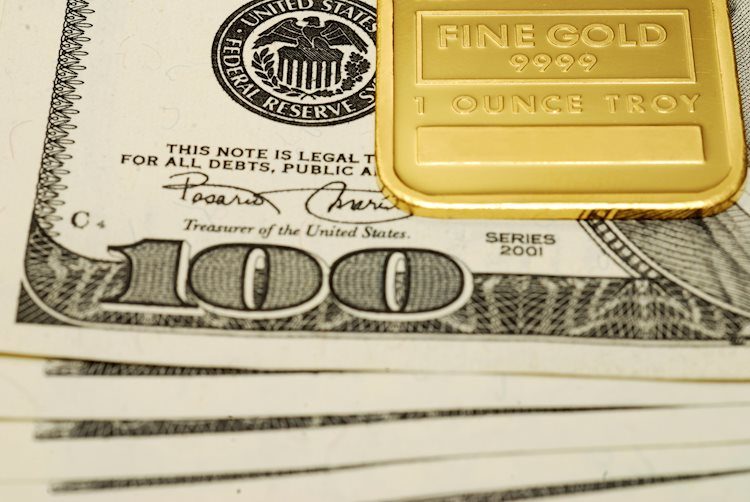The price of Gold (XAU/USD) has remained steady on Tuesday, hovering around the $2,730 mark after hitting a new low earlier in the day. The uncertainty surrounding the US presidential election has contributed to this stability, with the outcome potentially having a polarizing effect on the US Dollar and consequently impacting the price of Gold. Technical analysis also suggests that XAU/USD may be entering a short-term downtrend.
The US presidential election has been a key driver of market sentiment, with speculation that a victory for Republican nominee Donald Trump could be bullish for the US Dollar, while a win for Democrat nominee Kamala Harris may have the opposite effect. Additionally, tensions in the Middle East, particularly after recent threats from Iran’s supreme leader, as well as long positioning by hedge funds, have provided support for Gold, which is traditionally seen as a safe-haven asset.
Investors are closely watching the election results, with some predicting that regardless of the winner, there could be significant political shifts that unsettle financial markets and increase volatility. This uncertainty has led to increased demand for Gold as a safe-haven asset. Forecasts indicate a close race, with Vice President Harris currently holding a slight lead over former President Trump. Analysts believe that the election could be a “win-win” for Gold, as both candidates’ policies could potentially drive demand for the precious metal.
From a technical analysis perspective, Gold appears to be in a short-term downtrend, with a sequence of falling peaks and troughs on the 4-hour chart indicating a potential reversal. The Relative Strength Index (RSI) also shows bearish divergence, suggesting underlying selling pressure. However, given the medium and long-term bullish trends, a recovery could also be possible, with a break above key resistance levels potentially leading to further upside for Gold.
The US Dollar is the most traded currency in the world, accounting for the majority of global foreign exchange transactions. Monetary policy, controlled by the Federal Reserve (Fed), is a key factor affecting the value of the USD. The Fed adjusts interest rates to achieve price stability and full employment, with high inflation leading to rate hikes that support the USD value and vice versa. Non-standard policy measures such as quantitative easing (QE) and quantitative tightening (QT) can also impact the strength of the US Dollar, with QE typically leading to a weaker currency while QT has the opposite effect.
In conclusion, the upcoming US presidential election and its potential impact on the US Dollar are key factors influencing the price of Gold. Uncertainty surrounding the outcome has led to increased demand for the precious metal as a safe-haven asset. Technical analysis suggests a short-term downtrend for Gold, but the medium and long-term bullish trends could support a recovery. Understanding the role of the Federal Reserve and its monetary policy in shaping the value of the US Dollar is crucial for investors looking to navigate the current market conditions.











